Related Resources:
A Day In The Life Of An Officer
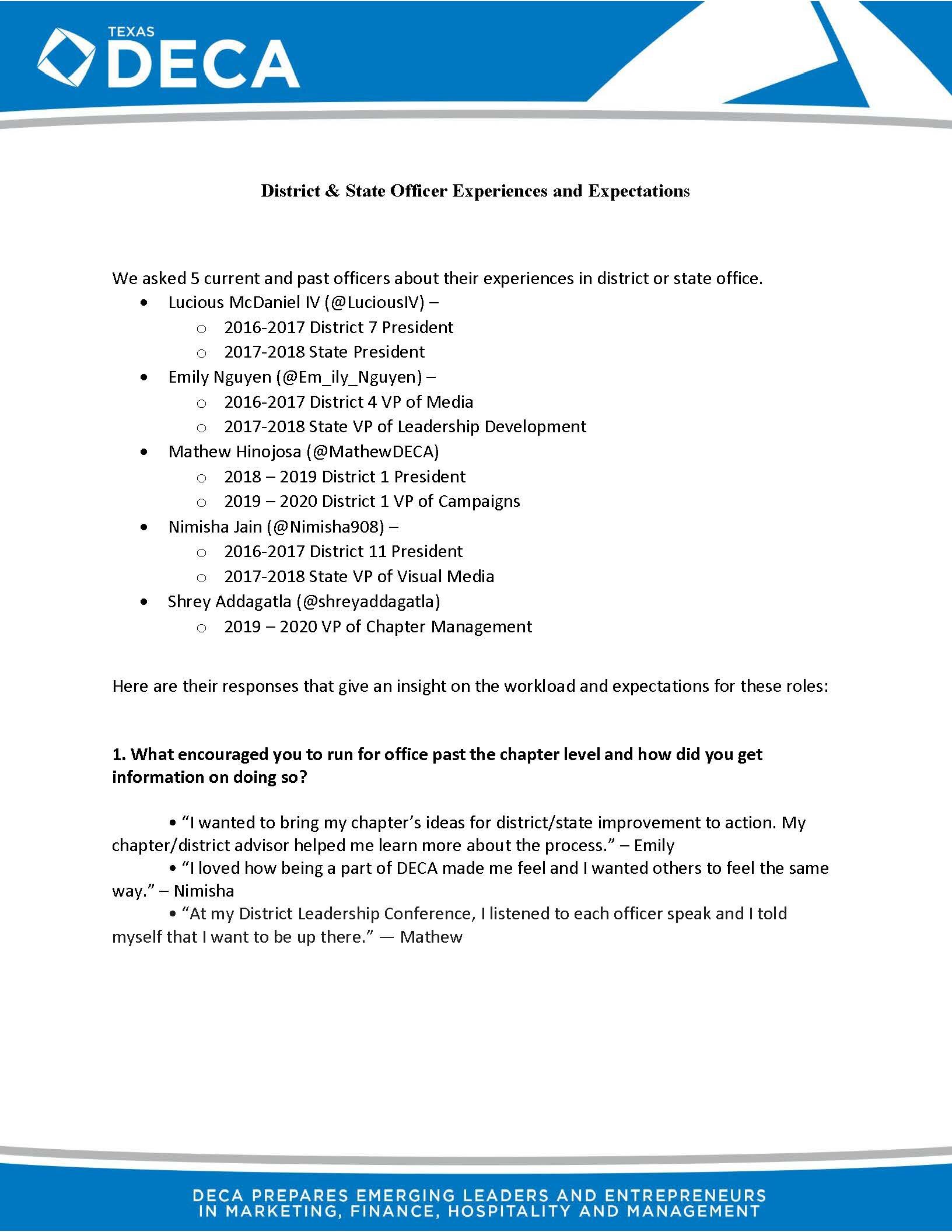
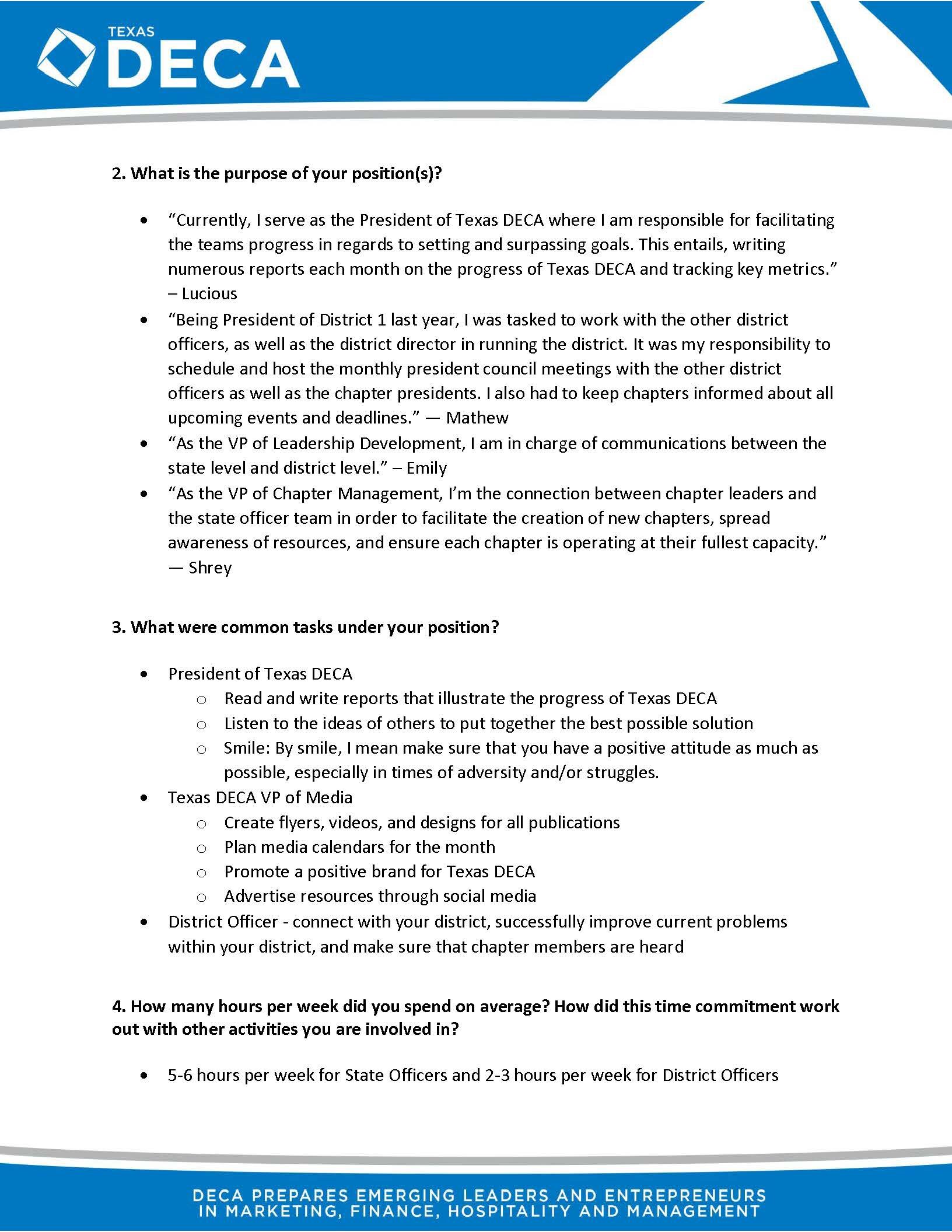
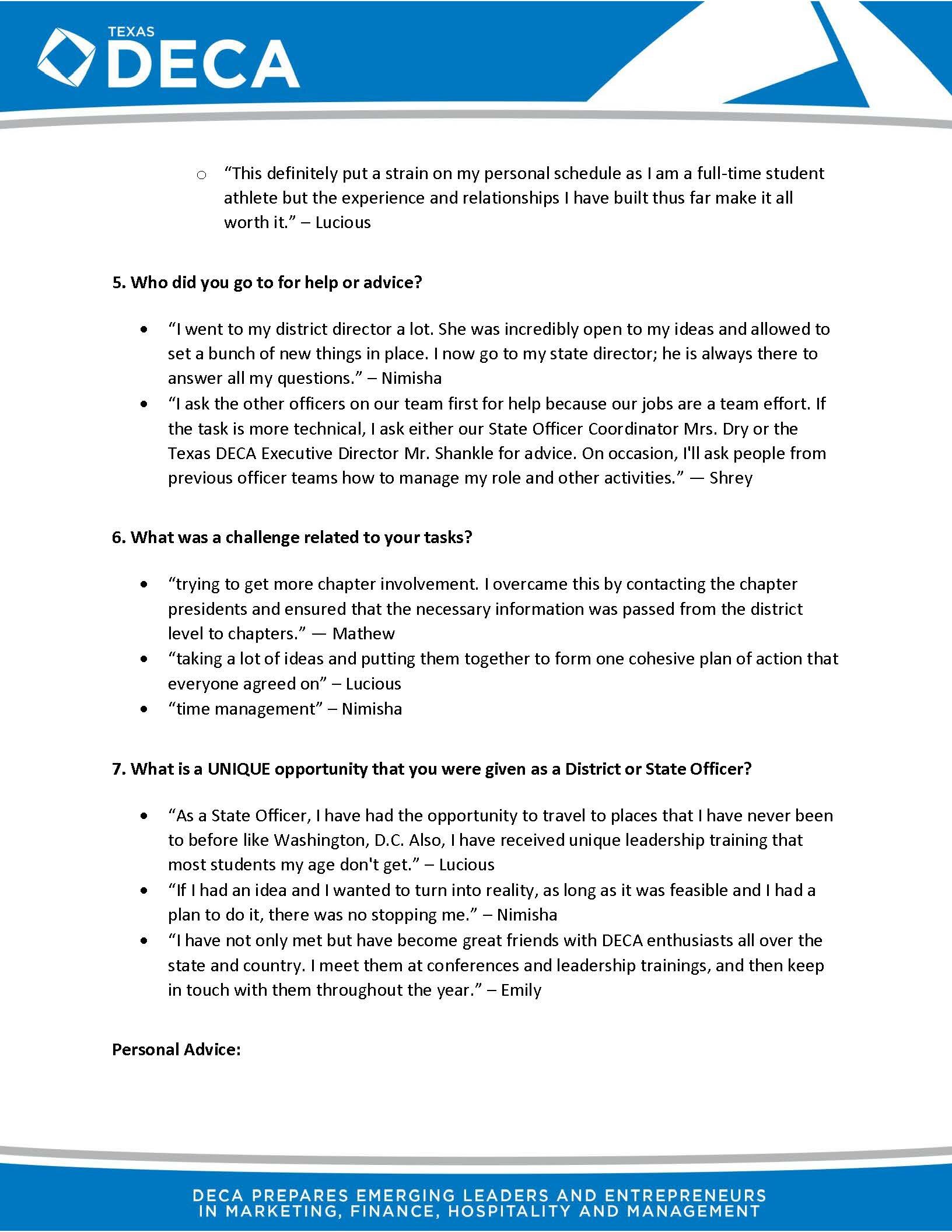
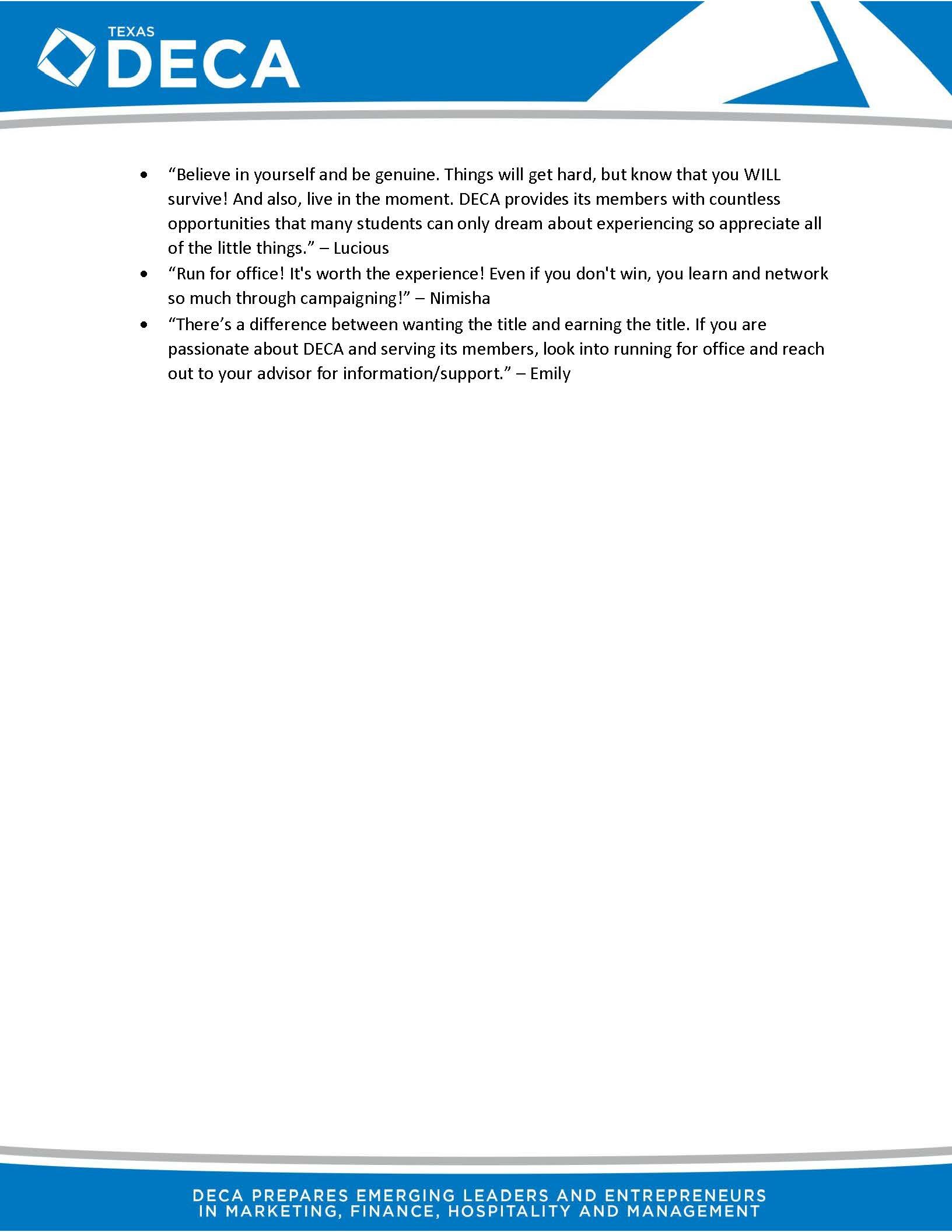
Related Resources:
Related Resources:
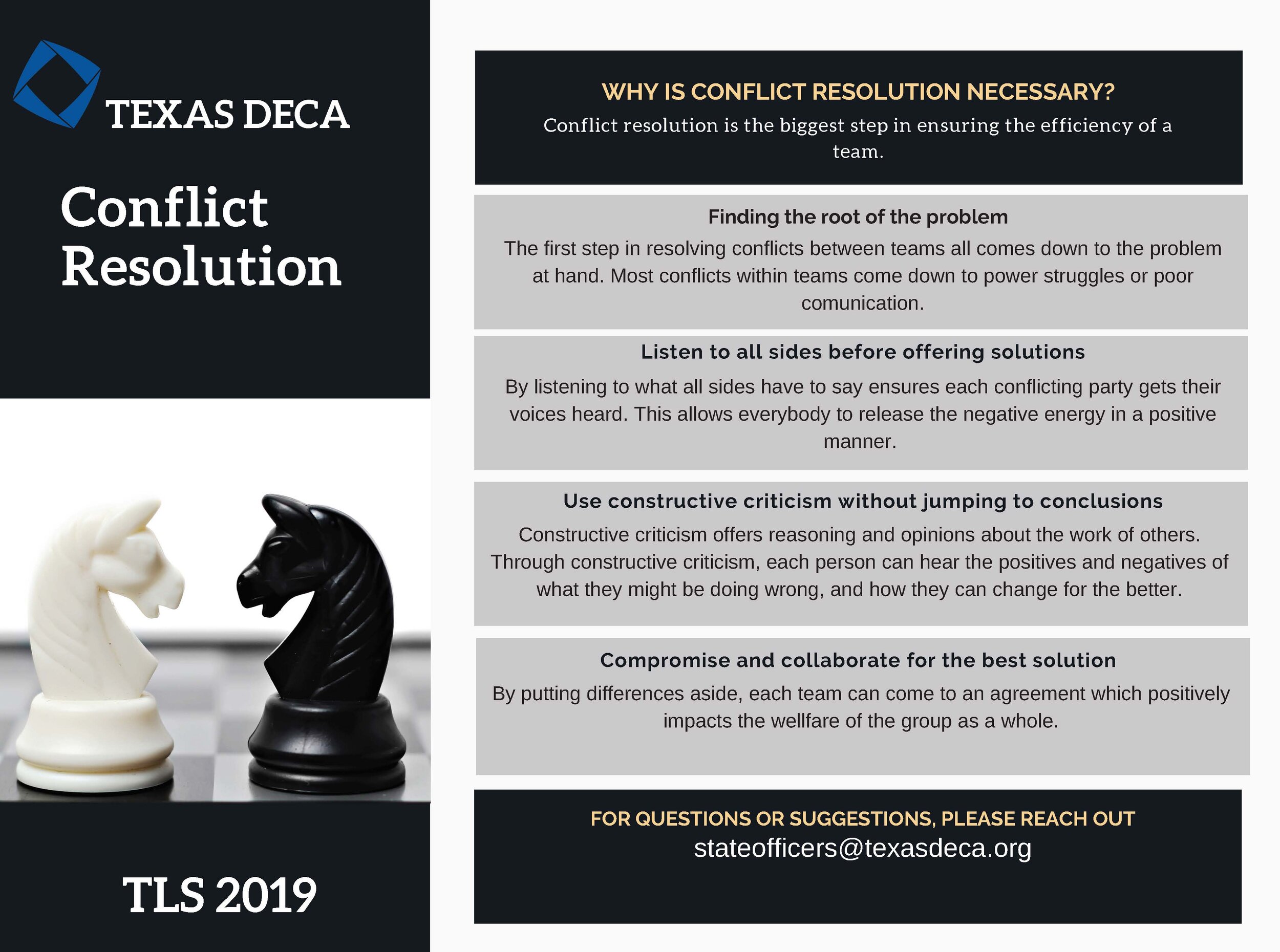
Related Resources:
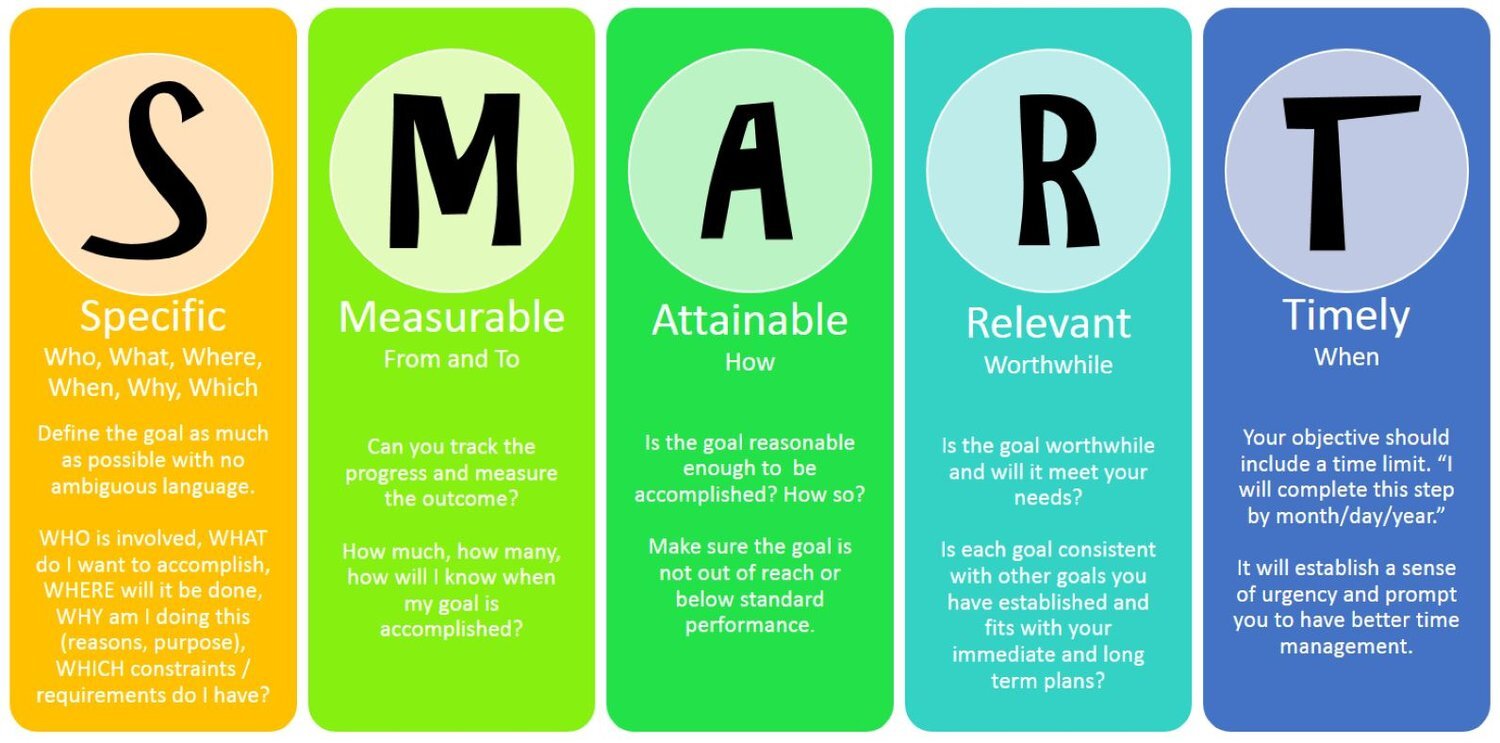
Setting goals may seem easy, however, achieving them may not always be the easiest. This is why setting a SMART goal is the best way to help you achieve these goals! You are probably wondering, “What does a SMART goal even mean?” SMART stands for Specific, Measurable, Achievable, Realistic, and Timely. Let us break down each category of a SMART goal to help better understand what they mean.
Setting a specific goal is the first step in planning out your SMART goal. What is the specific thing that you would like to achieve? Make your goal as specific as possible and express it positively. A specific goal should include who, what, when, where, why, and how. Who is involved? What will I be trying to accomplish? When will I be accomplishing this? Where will I be doing this at? Why am I doing this? How am I going to do this?
Once you pick your specific goal, you’ll need to measure it. Measuring your success is crucial as it will give you a clear look as to how far you have come along with your goal. Measuring your goal is also important because you will need data to evaluate your progress to see if you are working towards your goal.
Next, you need to make sure that your goal is achievable. Consider whether or not you have the resources to continue working towards your goal. If not, you need to think about if you can gather all materials needed for your goal in time. If your goal is achievable, then it is most likely a realistic goal. Take the time to evaluate whether or not your goal is realistic and achievable within a certain time period.
Finally, make your goal timely by setting out specific dates. Always have a starting point and an ending point with checkpoint dates in between! This also includes listing out the steps it takes to achieve your goal within the allotted time.
Always use your resources! Ask your teacher or advisor for help if you are having trouble putting your SMART goal to paper. I recommend using a table or online spreadsheet to organize your thoughts and keep your SMART goal in a place that is easily accessible.
Make sure the goal you choose is something you are passionate about! You will always have a much easier and enjoyable time if you are working towards something you are passionate about. Make sure that you try to accomplish at least one of your goals every few days and reward yourself along the way for your hard work! Creating a SMART goal has personally helped me in any of my ventures in and out of DECA and I recommend creating a SMART goal to anyone who wants to achieve a goal they are passionate about!
Most Americans - students, parents, DECA members, potential DECA members, and people in general - use their social media profiles for personal pictures and rants of some sort. In general, people don’t realize the true effect and power social media has on today’s generation. Literally “everyone” has some form of social media, so why not use that as an outlet to reach out to your chapter?
If your chapter doesn’t already have one, create a chapter Twitter and/or Facebook account to share current news. Tweet about your socials and meetings to gain membership and keep your returning members engaged. You could post something similar to this chapter’s tweet:
“Naaman Forest’s DECA chapter is going to Group Dynamix for a leadership and group bonding experience! If you join, you can join us!”
Share information to social media about DECA and what it truly means. It’s guaranteed that at least one person will become interested in the chapter and what DECA has to offer. Finally, share important meeting information more than that one time. Just because you tweeted last week about next week’s meeting doesn’t mean you can’t share the information again. Social media is an incredibly valuable outlet to promote membership and support from the school. Don’t underestimate the power of your favorite app.
Related Resources:
One of the most important aspects of hosting an effective meeting is being organized and prepared. The best way to do this is to create a meeting agenda. Whether you are hosting your meeting online or in-person, things will run much smoother if you have a plan of action to follow. Below are three tips on how to create and utilize the perfect meeting agenda.
First, you should brainstorm what you want to talk about and write down all of your ideas. Next, you will want to organize your ideas in the most coherent way to ensure that the meeting flows well and each topic leads into the next. When creating the agenda, try to limit each line to 2-3 words that convey the topic of the section for easy readability.
Another important reason to create an agenda is to get an estimate of how long the meeting will run. In order to be best prepared for the meeting, try to estimate the time it will take to complete each section and denote that next to each topic. A good way to do this is by thinking about what you might say as you plan the presentation.
Additionally, having an agenda can be beneficial for you as well as your audience members. If you send out the agenda beforehand, this gives participants the ability to prepare for any parts where they need to contribute. This will also provide audience members with an estimate of how long the meeting will run and the topics that will be discussed in case they have any questions.
Agendas are essential when hosting any type of meeting because they benefit not only the speaker, but the audience as well. For an example of a meeting agenda, click below.
Related Resources:
When it comes to marketing and branding, the importance of social media simply cannot be ignored. The possibilities of how to reach your target audience are endless, and in today’s era, media is the key to being effective and efficient in your marketing strategy. Now that we recognized the importance of social media, running a DECA social media page can be broken down in three simple steps!
Identifying your goals on social media is extremely important when you are trying to develop a personal, chapter, district, or even association social media page. Establishing a goal allows for a reference to track your monthly progress, and it helps to give you a purpose when developing each month’s material.
Setting your target audience is also a crucial aspect in this process. This allows you to personalize material each month to the trending interests of specific individuals; therefore increasing engagement numbers. The key to a successful social media page is keeping up with the latest tips and trends, so your page sparks an interest in whoever you are hoping to reach. By being relevant, you better your chances of a like, share or retweet. Recognizing what material works also increases your page efficiency, therefore eliminating wasted time publishing unsuccessful material.
TIP: People like to stay updated and in the loop, but that can sometimes be very hard to do, while still being engaging, so to make it easier fill your social media page with things that are made to update and inform in a creative format such as infographics, images or even video!
Social media is competitive and saturated, so it is essential for you to test and track your results in order to identify the most effective strategies against your competition– which is why social media analytics are so important. By using analytical tools such as Hootsuite, Google analytics, DrumUp to name a few, it allows you to track engagement numbers and isolate what material works for your page so you can continue with it.
Some key things to track on your social media page: Likes, shares, retweets, engagement levels, how often you post, and lastly follower responses (tags/comments) The purpose of your social media page is to promote your brand and share it with as many people as possible in hopes they find it engaging, so by tracking the success of each article or post, you are getting direct feedback from your target audience so you can make adjustments accordingly.
As a page, it should always be a priority to increase follower engagement. One way to increase the involvement and followers is to personalize the page a little bit. Establishing more of a family environment allows your followers to feel a little more comfortable and like they belong when you go that extra mile to personalize the account.
Reminder: Don’t forget each form of social media attracts a different audience! So be diligent and do your research on where the majority of your target market is located (The NewsCred infographic located below is a great resource for demographics on each application.) Because of this, do not be disappointed if success on one account receives more or less traffic/engagement than any of the others. However, do not let this information stop you from expanding your network onto another account. It is always beneficial to be present on all forms of social media.

Your followers should always be a priority, but if you are not happy with the material you are posting, the truth is your audience probably is not satisfied either. Do not overwhelm your followers with repetitive and lengthy information. BE CREATIVE and remain consistent on all accounts! This is your opportunity to express what your business, organization, or your personal brand is all about! Relatable gifs, images, infographics, and pictures can be a great addition to your posts!
By implementing these three tips on your DECA social media page, one can almost guarantee your engagement and page awareness will increase! Social media is an ongoing and strenuous task that requires a lot of research, documentation, and preparation but do not let that scare you out of pursuing a better media presence. The more effort you put forth, the larger the reward.
Related Resources:
Phone (Monday - Friday | 9:00 am - 6:00 pm) - (817) 900-8037
Address: 6642 N. Riverside Dr. #610, Fort Worth, Texas 76137